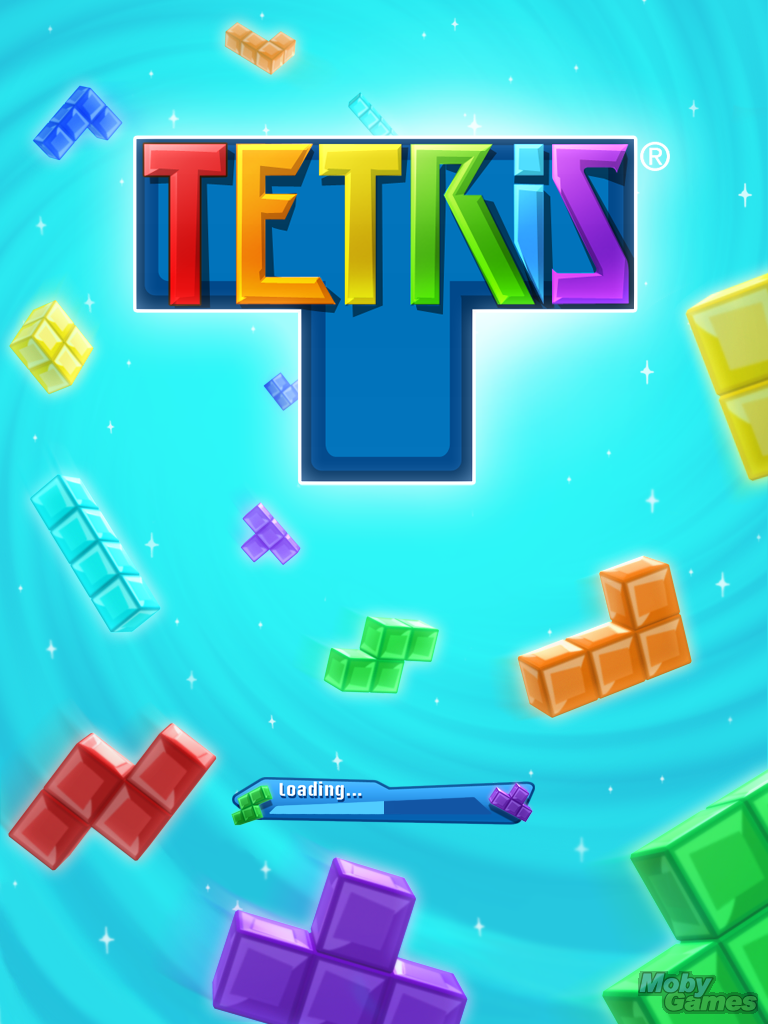No one could have predicted the runaway success of Tetris. Since its introduction in 1984, Tetris has taken the world by storm. Right now, you’ll find players of all nationalities and races who absolutely love the game and are extremely addicted to it. Likewise, researchers have atually determined that playing Tetris can be good for you; According to research from Dr. Richard Haier, et al. “prolonged Tetris activity can also lead to more efficient brain activity during play”. Moreover, Tetris is arguably the only game in the world that is featured on nearly every console, OS, or web-based application delivery system you can think of.
So, how is this wonderful computer game actually played, you ask? What’s the goal? In essence, the goal in Tetris is to eliminate the falling pieces from the collection pool. In other words, a series of 7 different types of colored or non-colored blocks (also called “Tetriminos”) will fall down into a pit, each of which possess a unique shape. The goal is to create fully condensed horizontal (and/or vertical) columns. For instance, once you completely fill a horizontal line from one side to the other, it disappears, which also gives you points. It’s necessary to eliminate these blocks because if you don’t, they will completely fill up the pit and the game will end.
The basic strategy of the game is based off of how the player chooses to align, twist, turn or move the falling geometrical shapes. Quite simply, it is the job of the player to make all the pieces fit together in such a way as to neatly stack them into rows and columns. Most variants of Tetris feature a very similar scoring routine, with each line being worth 100 points. The challenge or difficulty of the game is increased as you progress through subsequent levels however; as the speed of the falling blocks will steadily increase.
As a player becomes more familiar with the way the 7 shapes fit together, they can make better strategic decisions about where to place them on a bare playing surface. For example, blocks with angles work well in corners, and long, straight blocks should be used to fill up existing gaps, etc… Learning to play Tetris is something that must be confronted head-on, because so much of the decision-making that takes place in-game is dependent on the reflexes, spatial awareness and hand-eye coordination of the gamer.







